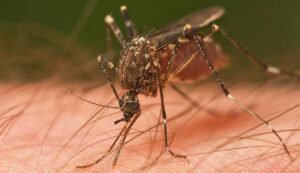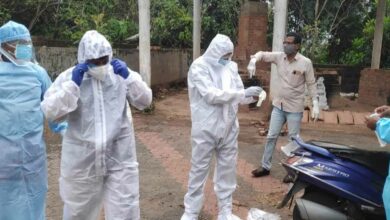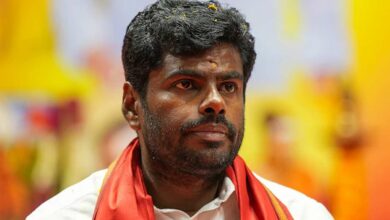WHO: Chandipura virus outbreak in India described as the biggest in 20 years
WHO: The Chandipura virus epidemic that is now occurring in India is the worst in 20 years, according to the World Health Organization (WHO).
According to media, the Ministry of Health recorded 245 instances of Acute Encephalitis Syndrome (AES) between early June and August 15, along with 82 fatalities, for a case fatality rate of 33%. There are now 43 districts in India where AES instances are being recorded.

64 of them had Chandipura virus (CHPV) infections that have been verified.
In India, CHPV is prevalent, and outbreaks have happened often in the past. But the present epidemic is the biggest in the previous 20 years, according to information released by the WHO on August 23 in its Disease epidemic report.
The Rhabdoviridae family virus CHPV is known to sometimes produce AES cases and outbreaks in western, central, and southern India, particularly during the monsoon season.
Similar to earlier epidemics, cases are intermittently found in a number of areas. Notably, every four to five years, CHPV epidemics increase in Gujarat.
Vectors including ticks, mosquitoes, and sandflies spread it. There is no known therapy or vaccination for the high (56–75%) CFR associated with CHPV infection.
“Survival can be increased with early access to care and intensive supportive care of patients,” the World Health Organization said.
It said that increased surveillance in high-risk locations should concentrate on vulnerable populations, such as children under 15 who exhibit signs of the central nervous system and an abrupt start of fever.
As to the WHO, it is essential to guarantee the availability of laboratory diagnostic capabilities, which include the prompt collection, transportation, and examination of serum and cerebrospinal fluid samples for serological and virological examination at a referral laboratory.

Since July 19, there has been a daily trend of fewer new AES instances, it continued.
There have been no reports of human-to-human transmissions to yet.
Andhra Pradesh saw a significant AES epidemic in 2003 that resulted in 329 suspected cases and 183 fatalities. According to a research, CHPV may have caused this.
While efforts are being made by authorities to curb the spread of CHPV, further viral transmission may occur in the next weeks due to favorable circumstances that the monsoon season is providing for vector populations in the impacted regions.
To stop the spread of CHPV, the WHO advised vector management and prevention against tick, mosquito, and sandfly bites.
The WHO highlighted the control and preventive efforts and said that a National Joint Outbreak Response Team (NJORT) has been sent by the Union health ministry to support the Gujarat government in implementing public health measures and carrying out an extensive epidemiological investigation into the outbreak.
Comprehensive insecticidal spraying and fumigation are two of the measures used to stop the virus’s vectors, which include sandflies. The virus, its symptoms, and precautionary measures are being communicated to the general public and medical professionals.
The WHO further said that the Gujarat Biotechnology Research Centre (GBRC) is keeping a close eye on the issue and actively investigating other possible viruses that might cause encephalitis.





